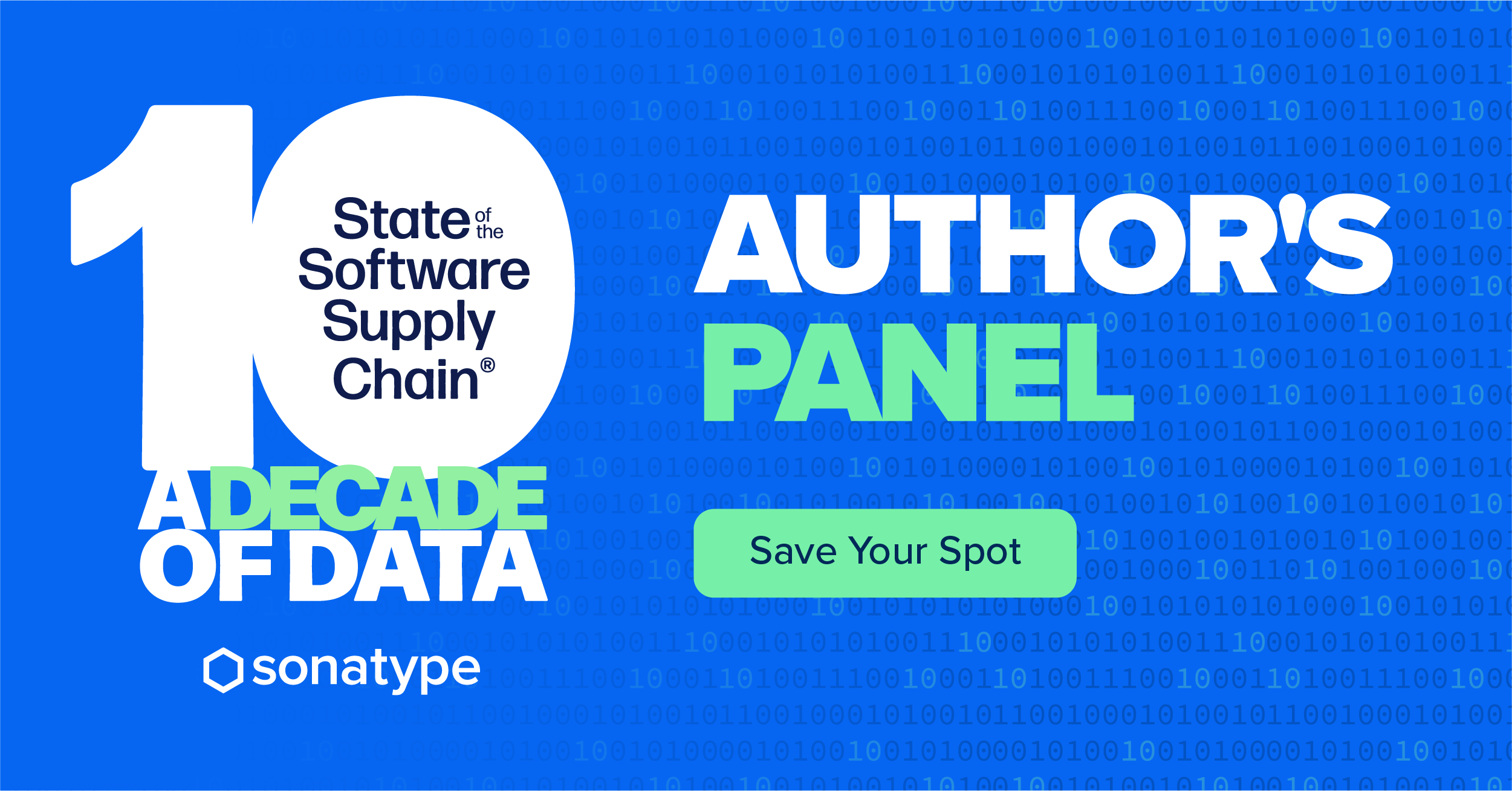Software vulnerabilities can lead to catastrophic cyberattacks, so understanding the intricacies of your software supply chain has never been more critical.
Our recent webinar, How to Safeguard Your Software Supply Chain brought together industry experts, Sonatype CTO, Brian Fox, and Guest Speaker, Forrester Senior Analyst, Janet Worthington, to dissect the complexities of software dependency management, the implications of the ever-growing software supply chain regulations, and the need for better open source software (OSS) consumption practices.
The problem with poor dependency management
According to recent data, a staggering 96% of vulnerabilities found in open source downloads in 2023 were completely avoidable, signaling a pressing need for organizations to adopt proactive measures in safeguarding their digital infrastructure. Shockingly, poor consumption practices led to a staggering 2.1 billion OSS downloads, introducing security risks despite the availability of safer and updated versions.
Forgotten applications with overlooked dependencies can lead to a $4.5 billion headache via our longtime foe: open source vulnerabilities. Brian shed light on the perilous journey of version upgrades, highlighting the typical approach to handling component upgrades. This often leads to vulnerabilities lurking within the software supply chain, waiting to be exploited by bad actors.
Handling component upgrades in this way can lead to blind spots in your software supply chain that you can easily avoid, like:
- licensing and compliance issues,
- extended zero-day exposure time,
- and software liability concerns.
Safeguarding your software starts with an SBOM
A software bill of materials (SBOM) is key to safeguarding your software supply chain. By providing transparency into third-party components, particularly those from open source origins, within the software supply chain, SBOMs serve as a protective measure against potential security threats.
During the webinar, participants were surveyed, uncovering that a third of respondents confessed to not using a software bill of materials, while another third were uncertain about experiencing a cyberattack in the past year. The importance of SBOMs in enhancing software supply chain security was glaringly evident, emphasizing their critical role in this domain.
The path to building software supply chain resilience
In an era defined by digital interconnectedness, safeguarding your software supply chain is paramount to organizational resilience and longevity. By adopting proactive measures, such as implementing SBOMs and embracing robust cybersecurity protocols, organizations can erect an impenetrable fortress against malicious threats, ensuring the integrity and security of their digital assets.
To secure your organization's digital future, check out the webinar recording today — How to Safeguard Your Software Supply Chain.

Written by Keiana King
Keiana is a Digital Marketing Copywriter at Sonatype with a passion for brand communication. Based in Brooklyn, NY and originally from Northern Virginia, Keiana studied Product and Brand Management at Virginia Commonwealth University. When she's not gawking over her favorite brands she's out hunting taco spots.
Related Resources




